Elegy – Memories of George


Photo: Jonathan McPhail
“Did you hear the news?”
Fantasia’s Mitch Davis asked me the question as I climbed over festival goers in the dark to take my seat at the premiere of the Richard Stanley-scripted Replace. “George Romero died.” Shock and sadness overcame me as the film began, as memories of the zombie auteur and my long relationship with him came flooding into my head, trumping the images on the screen and preoccupying me for the next 90 minutes and in the days that followed in Montreal.
Even if he hadn’t died, George A. Romero was on the minds of just about everyone attending the 21st edition of the Fantasia Film Festival this summer, as several of the horror movies that unspooled over those three weeks owe some kind of debt to him. The influence of the man could be felt in the subject matter of such feature films as Dead Shack and Punk Fu Zombie, as well as countless shorts, such as Paul’s Bad Day and The Plague. In addition, his independent spirit has moved generation after generation of filmmakers.
The Fantasia team worked through its collective sadness by honoring Romero at every opportunity; the Frontieres movie financing pitch market opened on July 20 with an on-screen “in memorium” acknowledgment to Romero, and the first prospective film being introduced turned out to be George A. Romero’s Road of the Dead, which the Toronto transplant was poised to produce and co-write (the movie will move forward). Later, Davis scheduled a last-minute screening of Romero’s The Crazies (in a new 4K restoration) as an honorary screening on July 28.
As you could see, there was a lot of love for George Romero at Fantasia this summer. And across Dread Central. And across the whole wide world.
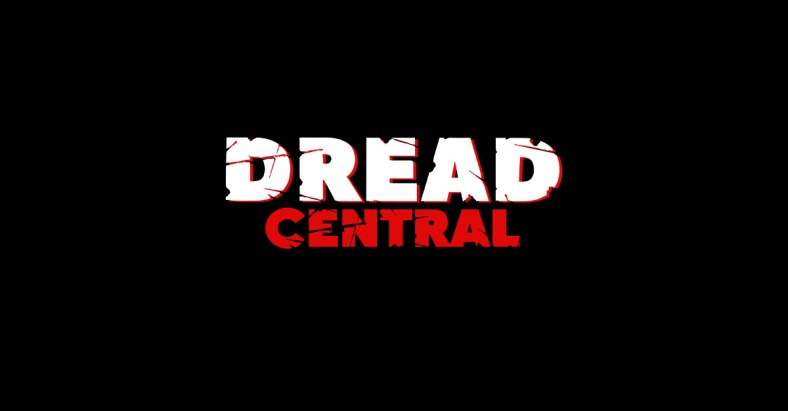
I first came across the name of George A. Romero as an impressionable 9-year-old. Night of the Living Dead debuted on late-night TV in March 1973. WABC broadcast it uncut (!) from 16mm and, fearing an Orson Welles War of the Worlds radio show-style panic, notoriously added “Dramatization” over the news anchor scenes! Weaned on tamer ’50s movies like Invisible Invaders and The Last Man on Earth (both of which Romero’s film echoed), NOTLD traumatized me with its depiction of a world coming apart at the seams. Its social commentary elevated it above the usual Creature Features fare that I grew up with. Shortly thereafter, I tried to buy the NOTLD tie-in novel by co-writer John Russo. The store owner showed me the door! “It’s too scary, too real,” he warned. “It will give you nightmares. I won’t sell it to you.”
In 1978, at the Creation Thanksgiving convention in Manhattan, I stumbled across a vendor table with fliers advertising Dawn of the Dead, the long-promised color sequel to Night. “When is the movie coming out?” I asked the thin guy behind the booth, who turned out to be the film’s producer, Richard P. Rubinstein.
“Why don’t you ask the director?” the man in the suit replied. “He is standing right behind you.”
I then turned and faced that towering bear of a man, who chuckled at this high school kid’s enthusiasm for his film. That was the first time I met George A. Romero, the memory still etched in my mind like it was yesterday.
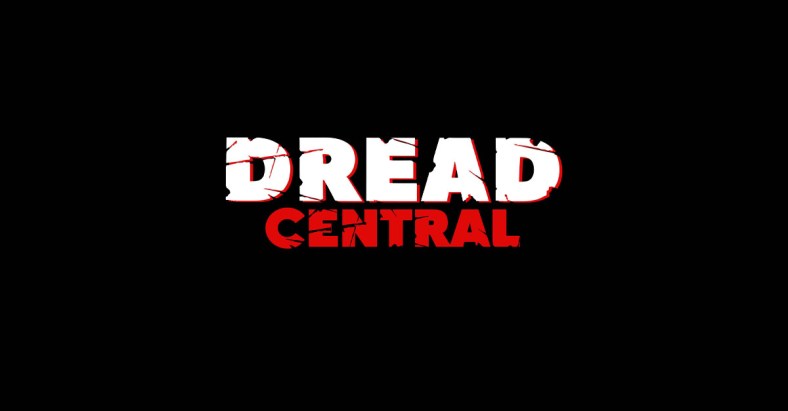
During my college days at NYU in 1984, I got wind that a press junket was being held to bus local journalists to the Pittsburgh set of Day of the Dead. Back then, I only read Fangoria (I joined the mag a year later), so I did not carry much clout when I asked the film’s publicist, Barbara Pflughaupt, if I could attend on behalf of college paper The Courier. Breaking my heart, Barbara refused me on the grounds the school rag did not have a big enough circulation. When would I ever get another chance to see George in action and maybe even play a zombie like the rest of the press corps? (To this day, Barbara regrets disappointing me. “You never turn down a legitimate journalist,” she says every time we run into each other. “Look where you wound up!”)
Five years along, I did get to see a feast of zombies when I traveled to the Pittsburgh location for the Romero-produced and written Night of the Living Dead remake. I was there to interview the cast and crew as a producer for the two-hour syndicated special “The Horror Hall of Fame,” which was inducting Romero’s original movie into its pantheon. When I arrived at the farmhouse set, Romero was nowhere in sight. Evidently, the film’s financiers at Cannon Films not only unexpectedly cut the film’s budget, but the checks had stopped coming in to pay the filmmakers. As a sign of protest, Romero stayed away from the set that evening and wouldn’t do any publicity. But to show you what a good guy he was, he made an exception and allowed my crew and me to interview him anyway. It would be the first of many on- and off-camera interviews between us over the years.
When I snagged another producing gig for Bravo’s five-part “100 Scariest Movie Moments” in 2003, I included NOTLD, Dawn of the Dead and Creepshow in the show’s roster. By then, Romero had talked these movies to death, but again, he made an exception for me. “George gets paid for these sorts of things now,” his then-wife Christine Forrest told me. But George didn’t want a cent. Instead, he opened his Pittsburgh home to the freelance crew (see here for fun anecdotes on the shoot) and provided tons of informative interview footage.
When I began producing Fangoria’s Weekend of Horrors conventions in 1986, George was on the top of my wish list as a guest. Having him at the cons are some of my most cherished reminiscences. He first took the stage at one of our Los Angeles events in 1988, appearing on a panel with Tobe Hooper, Howling author Gary Brandner and old friend John Russo.
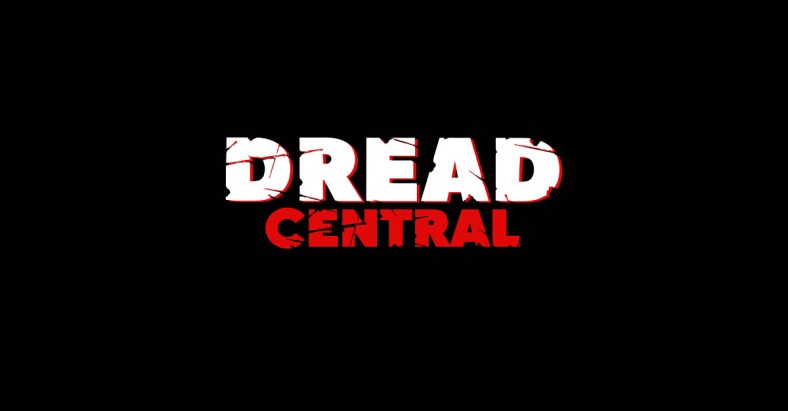
Photo Credit: Tim Ferrante
The fans on the East Coast, however, were clamoring to see George too, but it would take 10 years before I could get him to make a return appearance. And in those less-jaded conventions times, when celebs didn’t charge for autographs or the privilege to even look at you, George agreed to come to the Big Apple for just the price of a nice hotel room. He even drove up from Pittsburgh with the whole family! When I offered him a speaking fee, he refused. “Nah, that’s OK, Tony,” he said, much to Christine’s chagrin.
George’s graciousness and charity extended to the fans all weekend long, signing and posing for free for hours. Even The Misfits lined up to meet him! George never disappointed his followers. When we had him at a winter 2006 Weekend of Horrors in Chicago, George was sick as a dog with a bladder infection. He looked terrible. But he still got on that plane to come and hobnob with the people who idolized him.
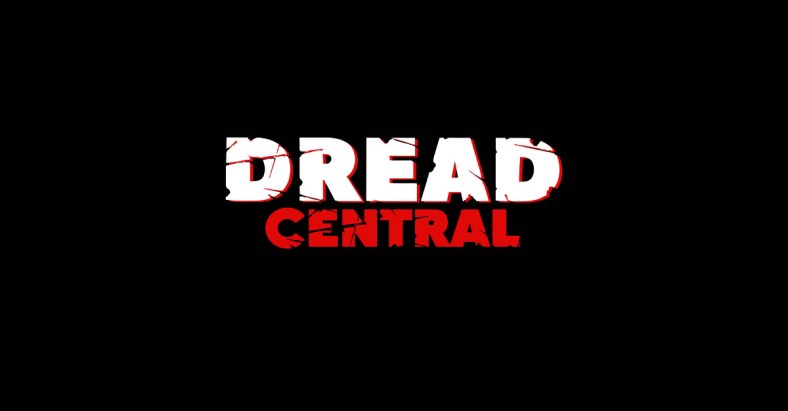
Photo Credit: Mike Manikowski
It seemed that Romero was never one to hold a grudge. For the 40th anniversary of NOTLD, he went on the Fango convention circuit tour once more, reuniting with many of his former (and some bitter) business partners. He’d also had something of a troublesome split with Dawn/Day producer Rubinstein. When Rubinstein learned that I was bringing George to NYC for that aforementioned 1996 convention, he asked for my help in putting together a party in his former director’s honor as a way of breaking the ice. No sign of animosity ever appeared amongst the revelers that special night.
In 2000, Romero had just made Bruiser, a change-of-pace revenge tale. Producer Peter Grunwald was having trouble selling the film, so he decided to hold a screening in New York for buyers. “Tony,” Grunwald asked me, “can you invite horror fans and your friends to the screening so that the buyers will see the target audience enjoying the film?” I accepted the mission, and on the night of the show, I walked over to 57th Street and Avenue of the Americas to the screening room. From at least a half a block away, I heard a familiar voice bellowing, “Tony!” It was George, greeting me like a long lost relative, then capping our reunion with a big warm hug.
Bruiser never earned much of a theatrical release, and Romero’s next film, the long-awaited Land of the Dead, turned out to be a bit of a box-office disappointment as well in 2005. To boost DVD sales, studio Universal decided to give the film another shot in theaters for a one-night-only national engagement and hired Fangoria to host and market the event. As a bonus for attendees, an exclusive interview with Romero preceded the movie. For this, I flew to George’s new home city of Toronto for a one-on-one camera interview once more.
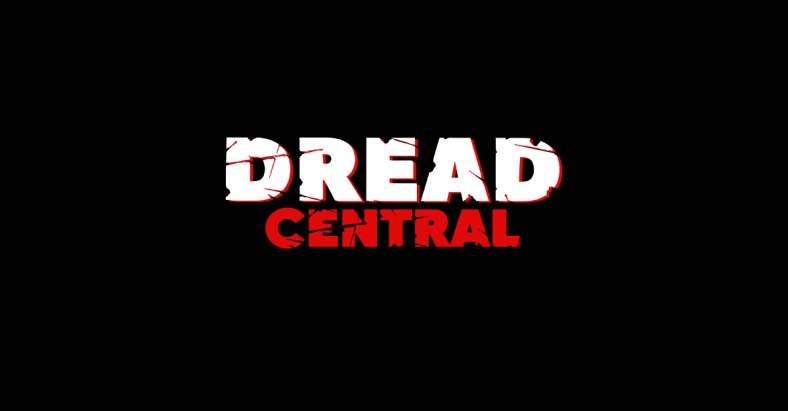
George showed up at the hotel room having had a few drinks, which he tipsily acknowledged when I answered the door. Veering off topic, the discussion soon started getting a little emotional; George had recently left his wife of many years, and as he began talking about his breakup, both of us started tearing up with the cameras rolling. This is just one of many “human” moments I shared with this gentle soul. There were no airs or phoniness about him. George was never “business,” unlike other celebs I’ve crossed paths with in the past. He was the real deal.
For 2007’s underrated Diary of the Dead, I hosted George again, this time in Times Square and for another lively screening and Q&A. In his later years, George made himself increasingly accessible to his fans, appearing at countless conventions around the country. None of his other contemporary masters of horror ever put this kind of face time in. No more freebies, unfortunately, but look at how many kids’ dreams came true getting to meet the creator of the modern zombie film.
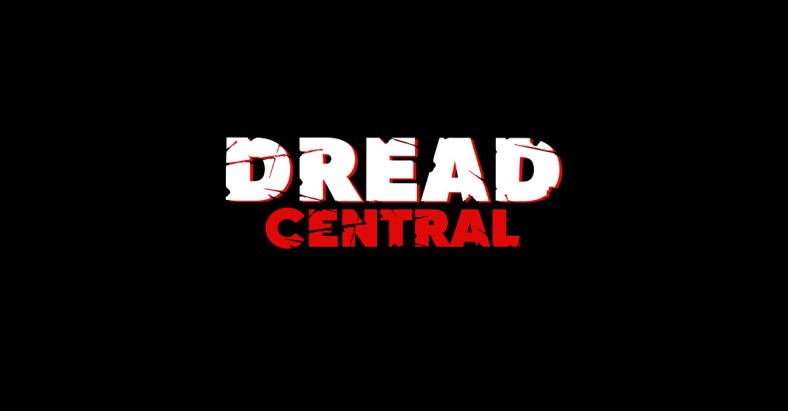
The last time I interviewed George on-camera was for 2009’s Survival of the Dead (see the special feature on the disc). He was back in NY doing press for Magnolia’s marginal release of the movie. As usual, he was self-effacing, funny and revealing. He never exaggerated the “meaning” in his films, preferring for audiences to find the social relevance themselves. Most of all, Romero was a big kid. I also got the impression that, at age 69, he was kind of accepting of the fact that he could only get zombie films financed now (Survival was his third living dead film in four years!).
A week before he died, I emailed George to get a quote from him on the making of The Dark Half for an article I was writing on the best Stephen King movies. No reply ever came, but I never suspected he was sick. The amount of support and love shown George, and the outpouring of emotion, has been overwhelming in the last month, from professionals and fans alike. This humble man touched so many lives. His movies will of course stand the test of time. His influence on horror, likewise, can never be overestimated. But more than his ghouls, what I will remember most about George is his good nature, sense of humor and loyalty. That little B&W classic may have launched a thousand zombie movies, TV shows, video games, books and comics, but there was only one George A. Romero.
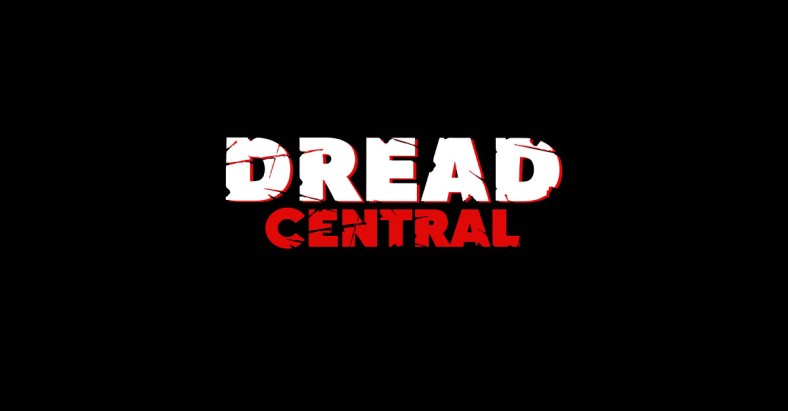
Categorized:News Tony Timpone's Elegy

